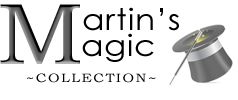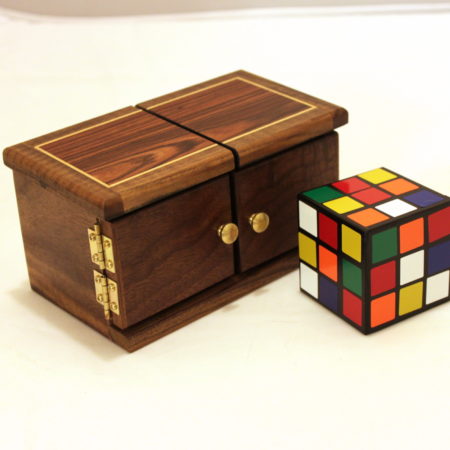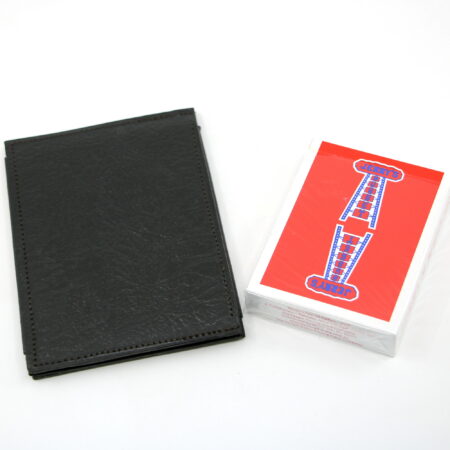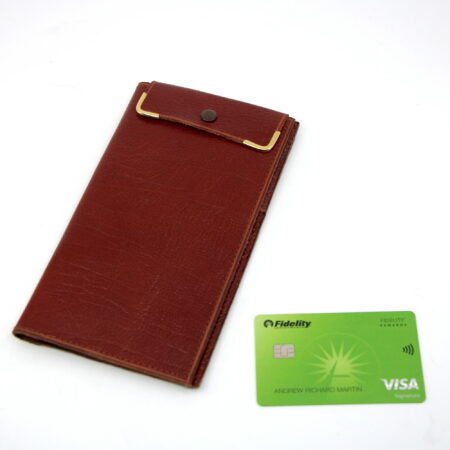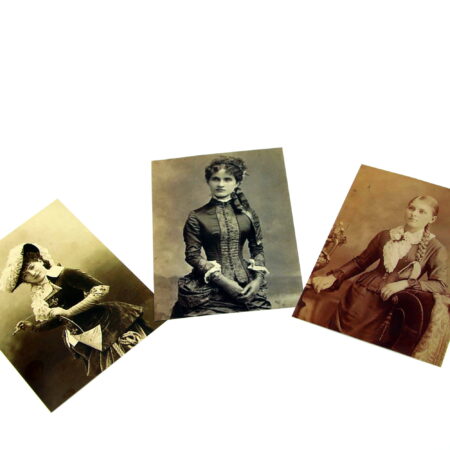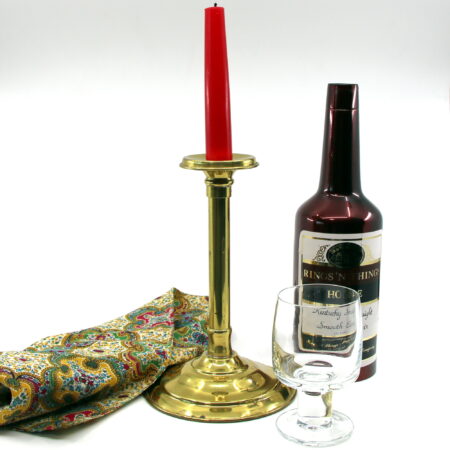
This is a really beautiful version of Silkola from a new manufacturer Darren Heppel and his company DS Magik. Darren has been interested in magic for many years but has only recently started building his own props. Though based on his first two items he has released you could never tell. His finish out and eye for detail will give even the modern-day prop master Michael Baker a run for his money 🙂
This is Darren’s take on the Silkola effect invented by Lennart Bondesson of Sweden c. 1966 and sold to Supreme Magic Co. of England when it was first marketed c. 1967. It is very similar to Michael Baker’s version, they even use the same ornate bottle. Michael’s graphics and finish still have an edge but it is close.
Click here for more information.
